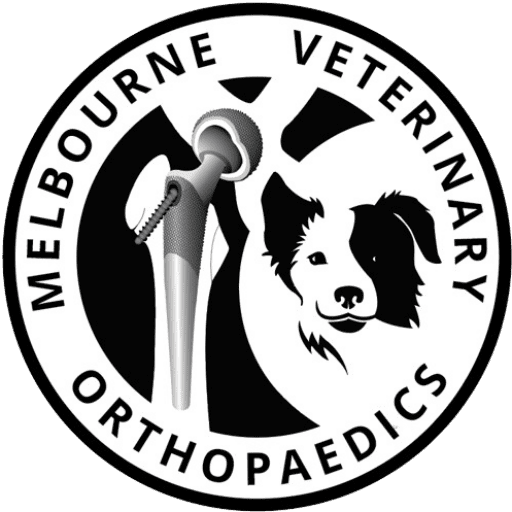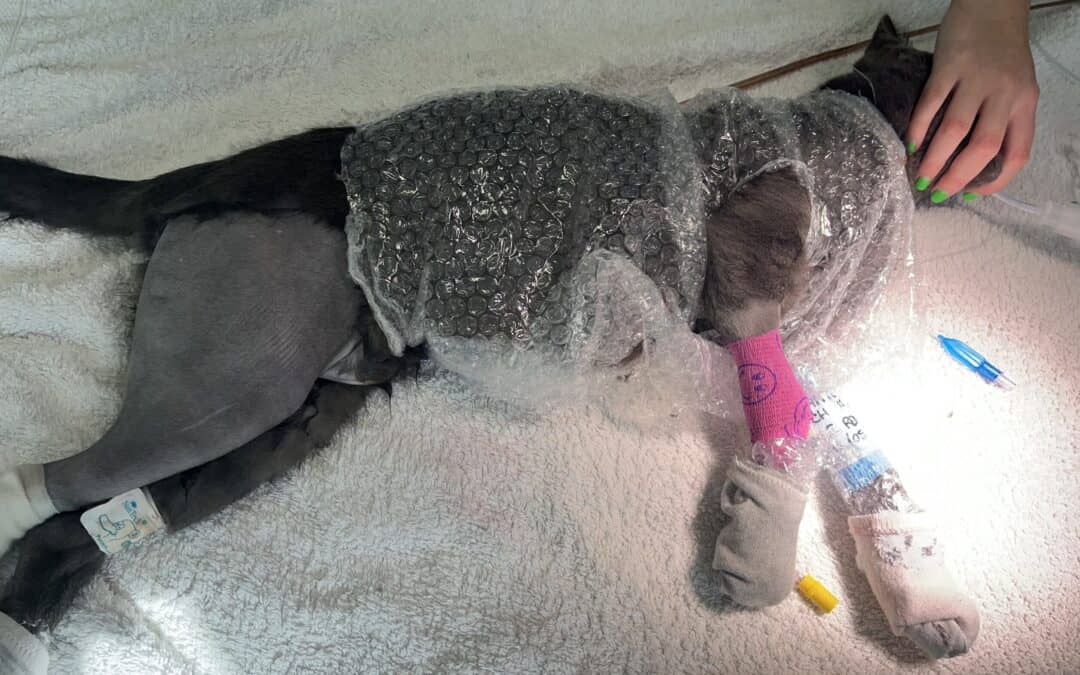General anaesthesia is safe and well tolerated in the majority of patients. Slow recovery can occur. Most smaller patients develop hypothermia which is due to heat loss under anaesthesia. Gastric reflux can result in a painful burning sensation in the throat. Regurgitation can result in aspiration pneumonia. Rarely do pets not recover from anaesthesia but this is always a remote risk.
Risks of Anaesthesia
There are risks involved with anaesthesia for pets, just as there are for people. However, with advances in veterinary medicine and careful planning, the risks can be minimized. Here are some key points to consider:
- Reaction to Anaesthesia:
– Allergic Reactions: Some pets may have allergic reactions to anaesthetic drugs.
– Idiosyncratic Reactions: Rare, unexpected reactions to anaesthesia that are not well-understood. - Pre-existing Health Conditions:
– Heart Disease: Pets with heart problems may have a higher risk of complications.
– Kidney or Liver Disease: These conditions can affect how drugs are processed in the body. - Age and Size:
– Young Animals: Very young pets might have an increased risk due to their developing systems.
– Senior Pets: Older animals may have decreased organ function and might be more susceptible to complications.
– Small Breeds: Very small or toy breeds can be more sensitive to anaesthesia. - Complications During Surgery:
– Unexpected Findings: Discoveries during surgery can complicate the procedure and increase risk.
– Intraoperative Problems: Issues such as difficulty maintaining stable blood pressure or oxygen levels.
Mitigating Risks
- Pre-Anaesthetic Assessment:
– Pre-Anaesthetic Testing: Blood tests and other diagnostics to evaluate liver, kidney, and heart function.
– Physical Examination: A thorough exam to check for any underlying health issues. - Anaesthesia Protocol:
– Tailored Drug Choice: The vet will select drugs appropriate for your pet’s health status, size, and the type of procedure.
– Monitoring: Continuous monitoring of vital signs (heart rate, respiratory rate, blood pressure, temperature) during the procedure. - Pre-Anaesthetic Preparation:
– Fasting: Ensuring your pet is fasting before anaesthesia to reduce the risk of aspiration.
– Medications: Pre-anaesthetic medications to stabilize your pet and minimize anxiety. - Post-Anaesthesia Care:
– Recovery Monitoring: Observing your pet during the recovery phase to manage any complications quickly.
– Pain Management: Providing appropriate pain relief to ease recovery and reduce stress on the body.
Communication with Your Vet
- Discuss Concerns: Talk openly with your vet about any concerns or questions you have regarding anaesthesia and its risks.
- Informed Consent: Ensure you understand the benefits and risks of the procedure and the anaesthesia plan before proceeding.
While there are inherent risks, modern veterinary practices are well-equipped to handle anaesthesia safely. By working closely with your veterinarian and following their recommendations, you can help ensure that your pet’s experience is as safe and comfortable as possible.

